I missed last week's SMAP, where the highlight was on bird wings, and Neli though it was a good idea to continue with body parts (agreed!); so for this week's SMAP, the theme is... beaks/bills!
I remember we had this theme before, and I explored a little bit my geek side with some explanations about shape and function and how it helps on the identification part. Well, I'll try to skip the geekiness and focus on beauty this time, I promise!
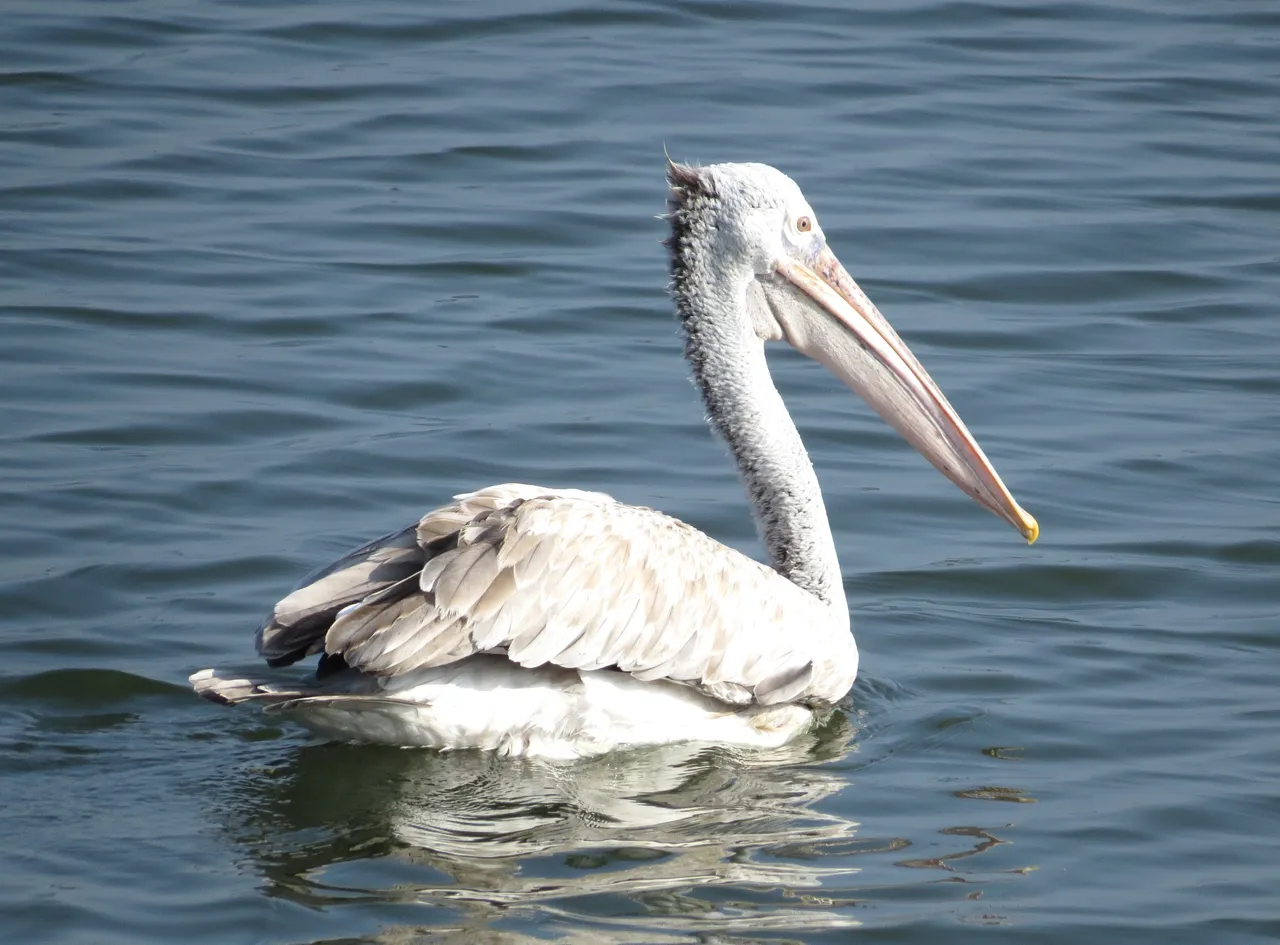
It's hard not to focus on the bird as a whole, but try to admire just the beak for the sake of this post, and ignore the rest! 😜 How cool are beaks that come with a pouch? Even cooler was the fact this was the first time I saw this pelican species, since its an asian species, in this case Sri Lanka.
Smaller birds have nice looking beaks too. Again, ignore how gorgeous the colours are in this case; beaks, people, beaks!
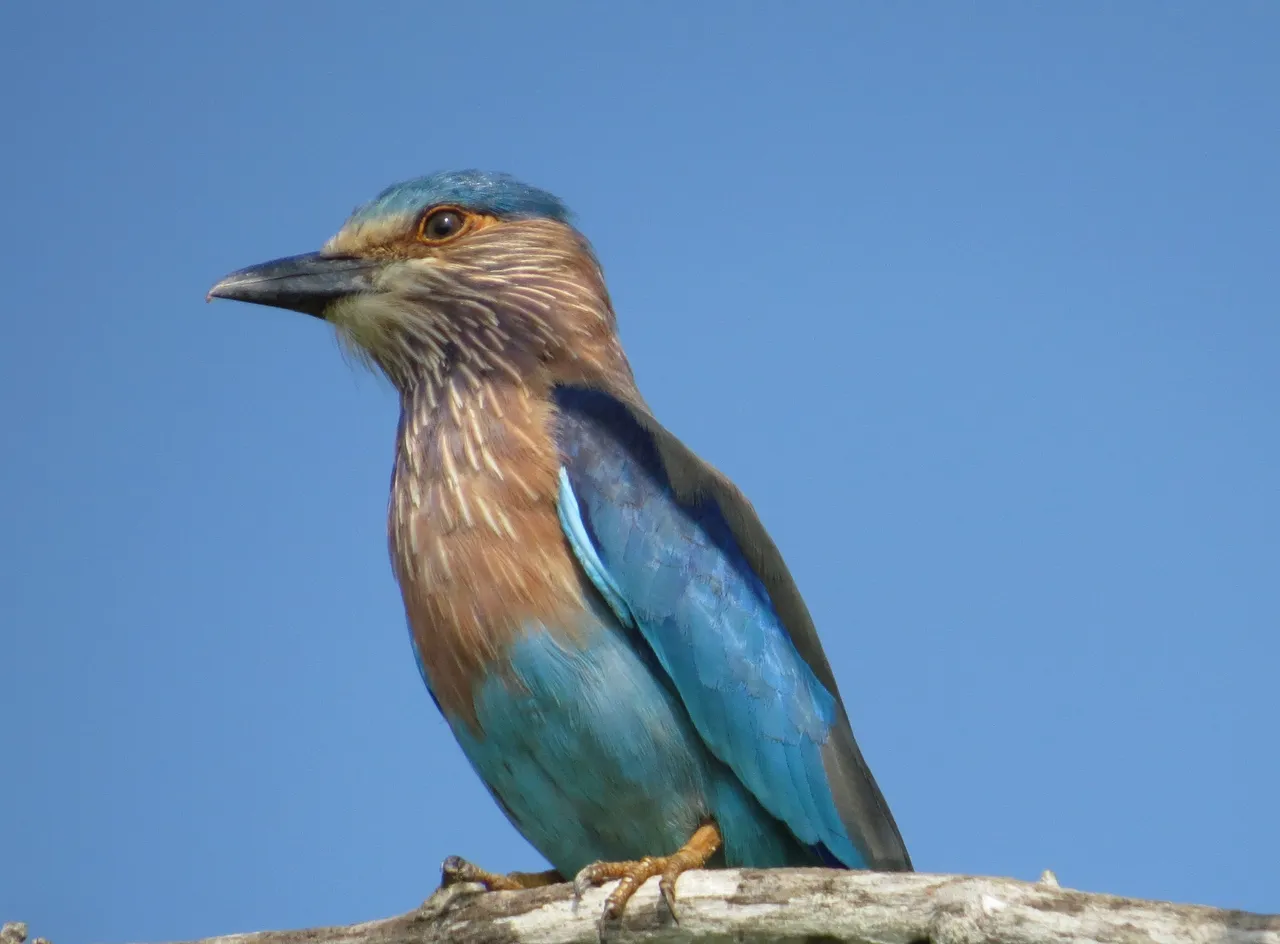
Yes, this one was also spotted in Sri Lanka. One of the nice things of birdwatching is that, with some practice, you start to recognize similar characteristic in related birds: the european roller, although with a clearly different colour pattern, is actually very similar to this one, and if you knew the latter, it would be easy to at least suspect this cutie was a roller too.
Well, since I'm on a Sri Lanka flashback trip, might as well throw in another pretty beak; on to bigger beaks again!
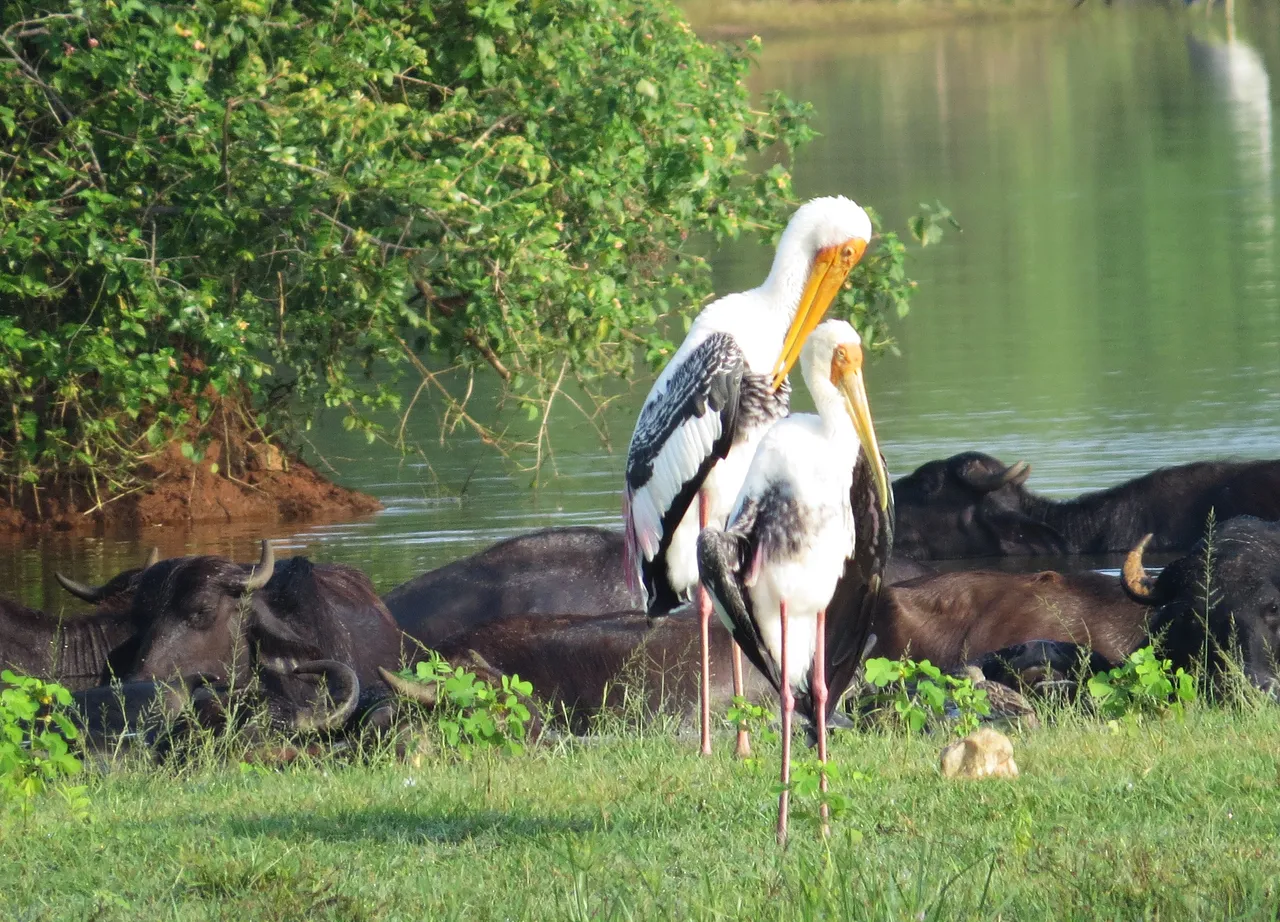
Nevermind the water buffalos; Look at that cute and long yellow beak! Painted storks are almost unmistakable; there's one similar species called milky stork, but those don't live here.
Not only birds from far away have nice beaks; time to get back to portuguese reality, and since we're talking about storks... here you go!
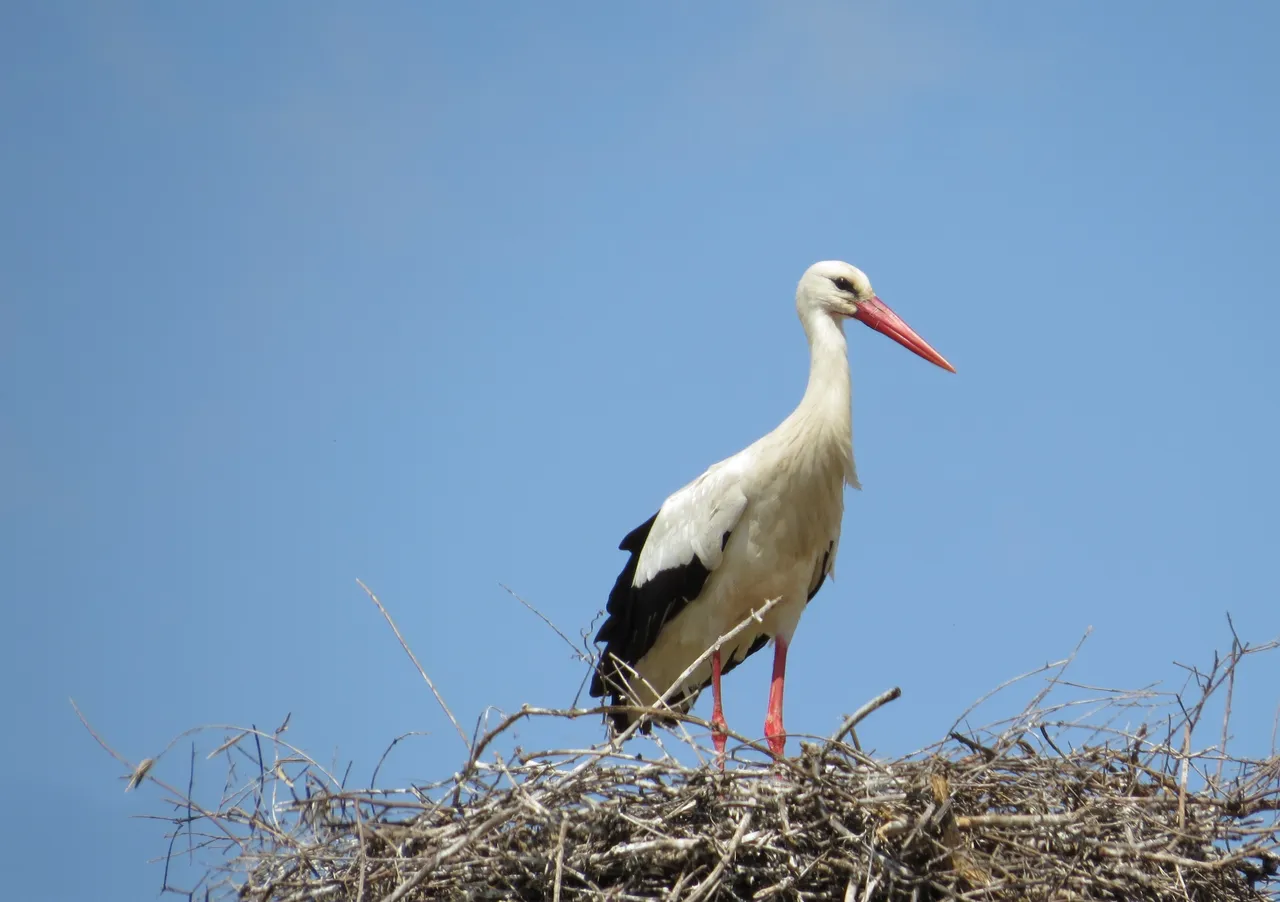
Not as flashy as the painted ones, but this orange beak is still pretty cool, right? And fortunately white storks are really easy to find here; although they're migrant birds, Portugal has a huge resident population, so you can see them all year long.
There's another species that's nowadays easy to see, especially where I live: they tend to blend in with the common blackbirds, but the hairstyle gives them away.
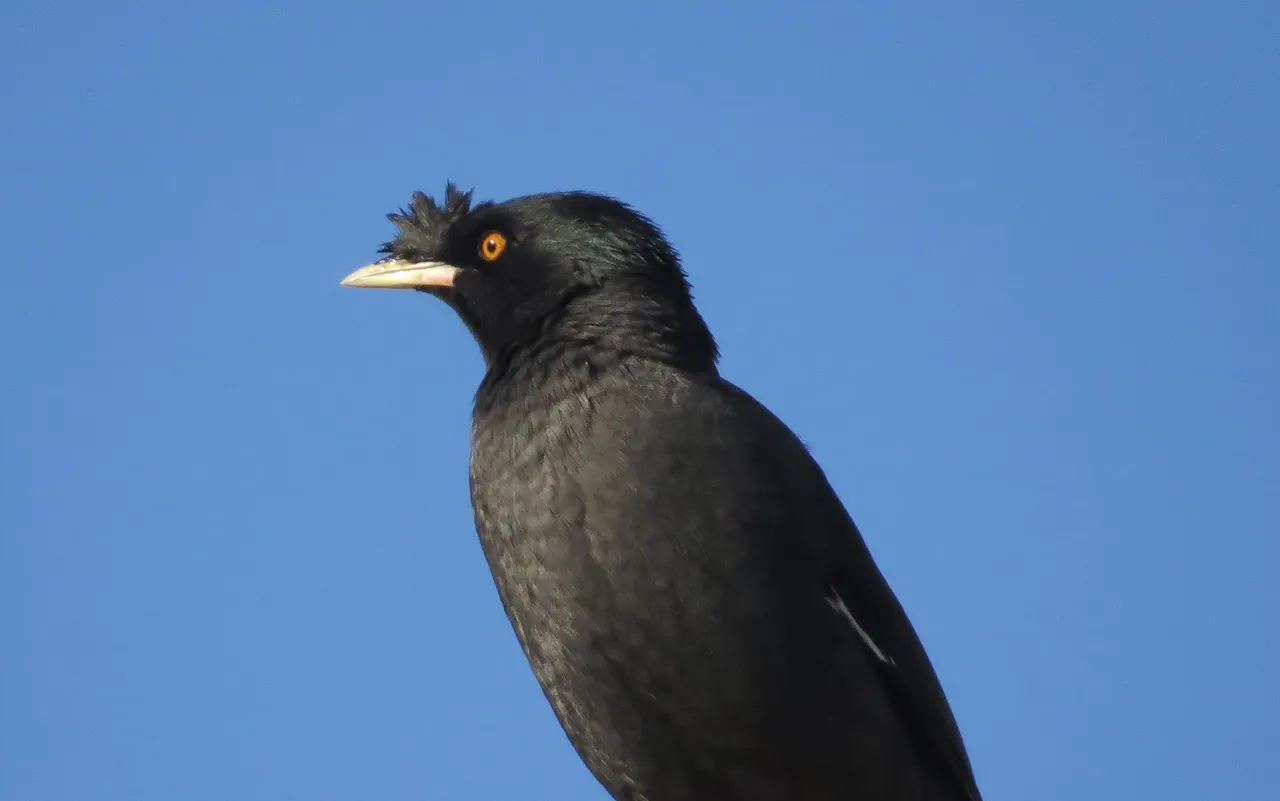
Their numbers started to grow on recent years. They're an invasive species, that probably escaped from captivity and was able to adapt to our climate and reproduce; they're originally from Asia.
Hum... now that I've talked about Asia...
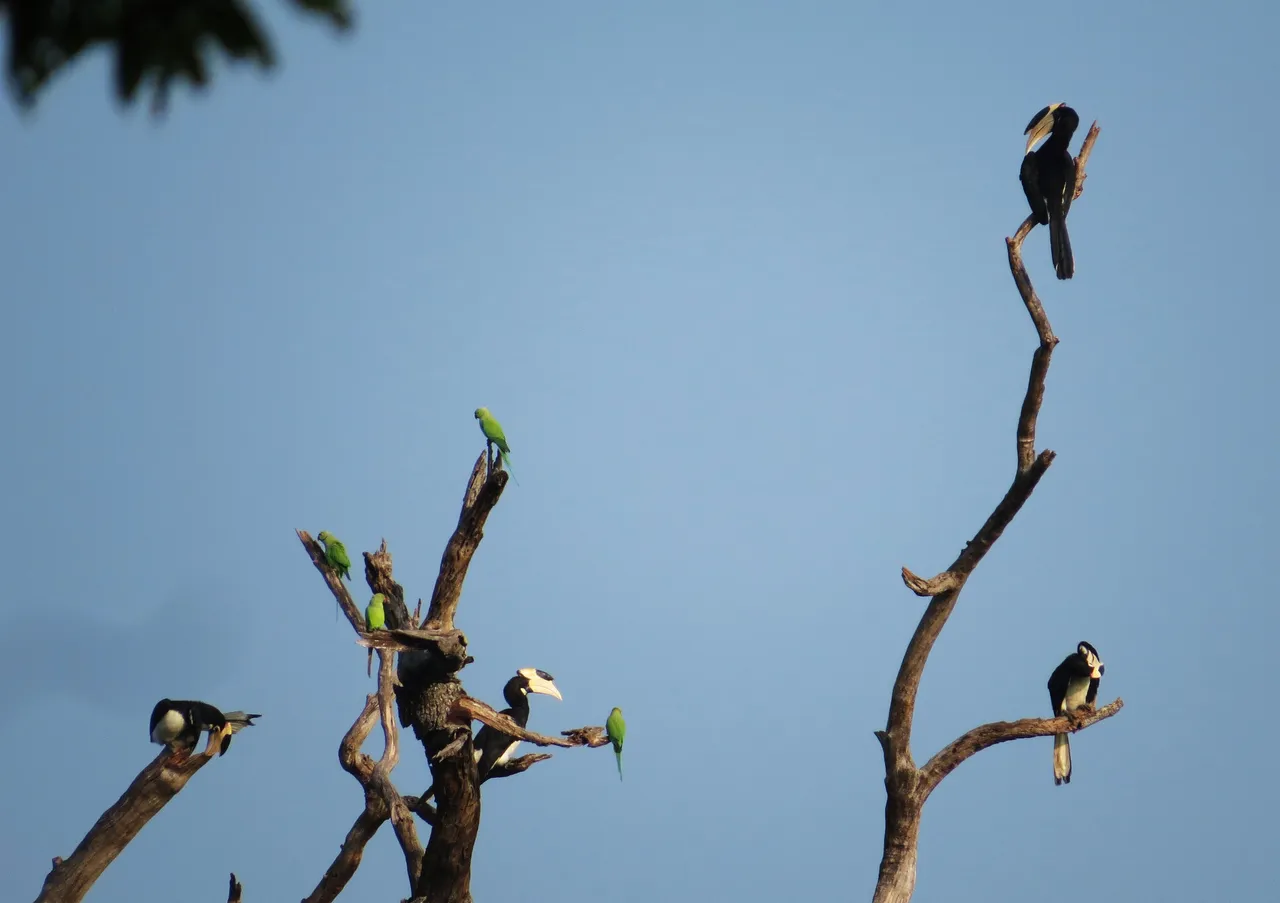
I had to fit these guys somewhere, so the last photo seemed a good fit: a beak post HAD to have hornbills! For me, hornbills have the coolest beaks in all bird kingdom. Too bad I couldn't get any near this tree, since it was loaded with hornbills (and some ringneck parakeets too); but even at a distance it's easy to admire how magestic these birds are... and their beaks too!


Still haven't joined Splinterlands? In what planet do you live in? Click the banner below and join the fun! (It has my referral link; you can go directly to the website if you don't want to use it; either way... join in! 😎 )
